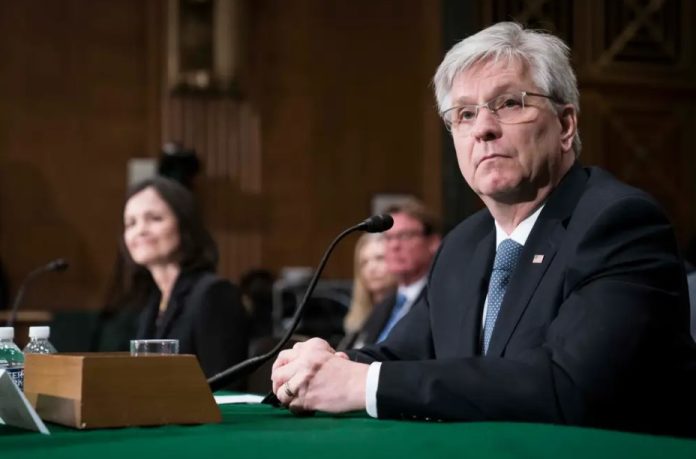Federal Reserve Governor Christopher Waller has called for a more cautious approach to future interest rate cuts, citing recent data that suggests a still-strong economy.
Speaking at a conference at Stanford University on Monday, Waller highlighted key economic indicators, including employment, income, and growth, as well as persistent inflation, as reasons for the Fed to slow down on cutting rates.
Waller’s remarks follow last month’s 50-basis point rate cut by the Fed. While the central bank shifted its focus from controlling inflation to supporting the labor market, Waller believes the pace of future rate reductions should be tempered.
“Although we don’t want to overreact to this data, I believe it suggests that monetary policy should now proceed with more caution than it did in September,” Waller said.
He referenced the September jobs report, which showed strong employment growth, and noted that inflation remains stubbornly high, with the recent consumer price index slightly exceeding expectations. Waller also pointed to upward revisions in economic growth, with second-quarter GDP at 3% and gross domestic income revised from 1.3% to 3.4%.
“These revisions indicate that the economy is stronger than previously thought, with few signs of a major slowdown,” he added.
Waller emphasized that upcoming data on inflation, labor markets, and overall economic activity would be critical in determining whether the Fed should continue with its current trajectory of rate cuts or adopt a more cautious approach.
His comments come amid growing market expectations for a “no-landing” scenario, where the economy continues to expand without a significant downturn, making it more challenging for the Fed to cut rates while inflation remains elevated.
Traders are closely watching Thursday’s retail sales report for September, which could provide further clues about consumer spending and the broader economic outlook. Currently, markets are pricing in a 25-basis point cut at the Fed’s November meeting, with some chance that rates will remain unchanged. Investors anticipate rate cuts totaling 125 basis points next year.

